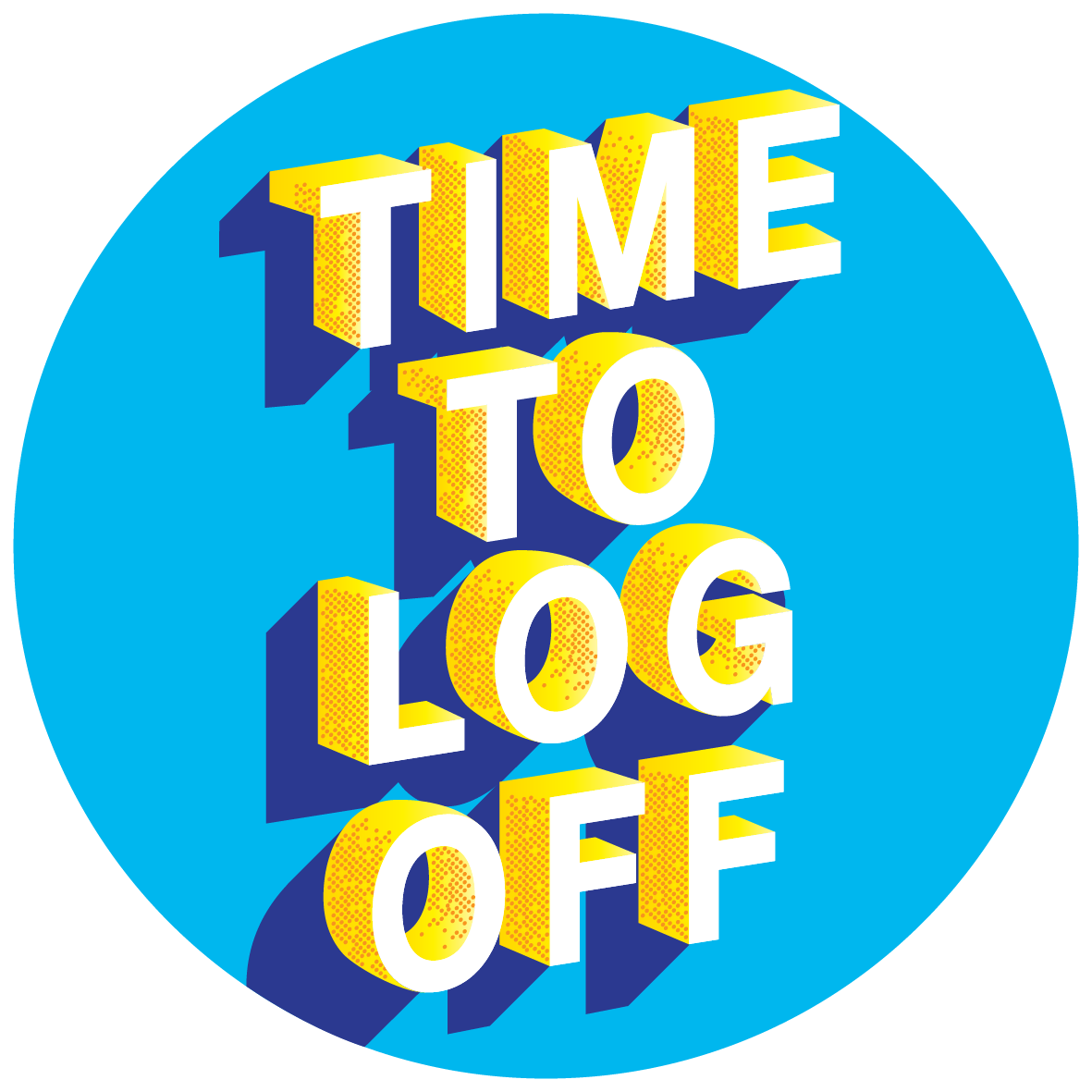
19 Feb Digital Burnout: How to Deal
In 2021 we work, relax, learn and connect with loved ones, all through the same medium, it’s no wonder that we are all experiencing digital burnout to some degree, especially after nearly a year of lockdowns. We have featured digital burnout before, but never in the setting of a pandemic
What is digital burnout?‘Burnout’ is a psychological term that refers to the state of mental, emotional and physical exhaustion caused by prolonged and excessive stress. Digital burnout is classed as a specific type of burnout that is triggered by the prolonged and excessive use of digital devices.
In the last year we have spent more time online and in the digital space than ever before. Ofcom has found that, in the UK at least, adults are now spending 40% of their time watching TV and online video – that doesn’t even include the time we spend working. So it comes as no surprise that in a recent Gallup poll it was found that 75% of respondents said they’re experiencing digital fatigue. Digital burnout is on the rise.
Here are some pandemic-tailored-tips to help you overcome your digital burnout and rebalance your relationship with technology.
Log off
Our first suggestion is pretty self-explanatory- log off! We know it can be easier said than done but if you are experiencing digital burnout then it should be your first step. If you were experiencing burnout from work you would take it seriously, so make sure you prioritise your physical and mental health as it relates to digital burnout too. If you are working remotely and cannot take a day off, then at least take the weekend.
Unplug all your devices and spend the whole weekend, 5pm Friday until 9am Monday offline. Even that little amount of time will make a huge difference. If you can afford to take longer by all means do- perhaps a week or even 10 days. Each extra day that you allow yourself for recovery will enable you to reduce that fatigue and burnout and recover faster.
Get outside
Part of the problem associated with digital burnout in this pandemic age is that we are not only spending hours more time on our devices, we are also spending hours less time outside, rarely leaving our houses except for essentials. Before the pandemic, we naturally went outside regularly, to commute, to meet friends, or for exercise. Now many of those reasons have been taken away, so we are holed up inside. This has a huge impact and will worsen any symptoms of digital burnout significantly. So, our advice is to get outside. The mental health benefits of going outside are innumerable. Even 20 mins outside each day will aid your recovery no end.
Find analogue alternatives
One of the reasons that digital burnout has reached such a peak during this pandemic is that the analogue alternatives that used to fill our time are gone. We can no longer meet up with friends so we need to video-call them to spend that quality time. We can no longer work in an office so all our time is spent on similar Zoom calls to attend meetings remotely. Some of these cannot be reduced if we want to continue to function effectively, such as working remotely. However, in all other aspects of our lives there are analogue alternatives and implementing them will make a huge difference. You could try catching up with your friends ‘old-school-style’ over the phone instead of on video-call. Or maybe knitting instead of watching TV tonight. There are many ways to reduce your dependence on screens, and thereby hopefully your burnout, even in a pandemic.
Set boundaries
For the past year we have been living in a far less boundaried world. Our colleagues have been able to see into our homes, our bedrooms have become offices and we have run our entire lives through one or two devices. It’s time to set some boundaries and reinstitute the natural order of things.
In small homes especially it will be difficult to find physical spaces which you can differentiate from others in order to make home offices but in all homes boundaries can be set around time. For example, “I will turn off my phone at 7pm every night“. At the beginning, when you are in the worst phase of burnout it will serve you better to institute strict rules with little flexibility and harsh timelines, these can change over time but at the beginning they will help you recover whilst you are moving on.
These tips will help you to recover from digital burnout and fatigue whilst you maintain a work-life balance. Remember the single best thing you can do, is log off.






Sorry, the comment form is closed at this time.